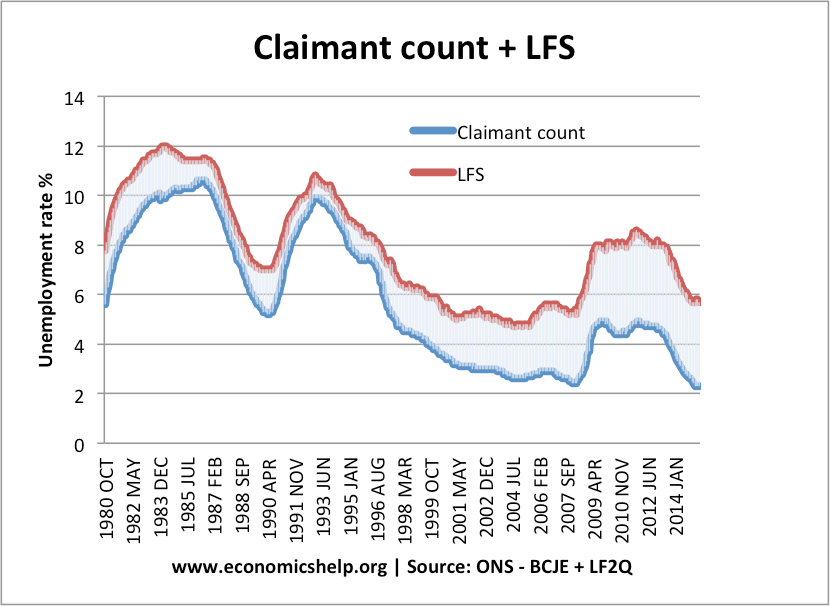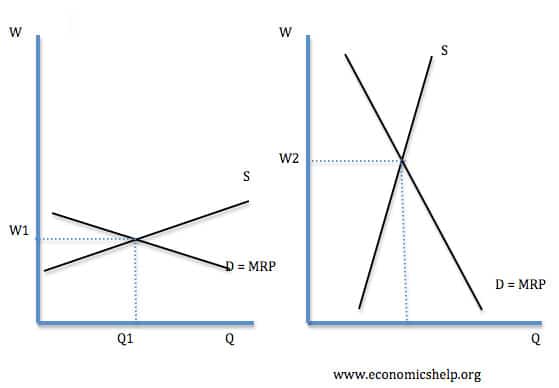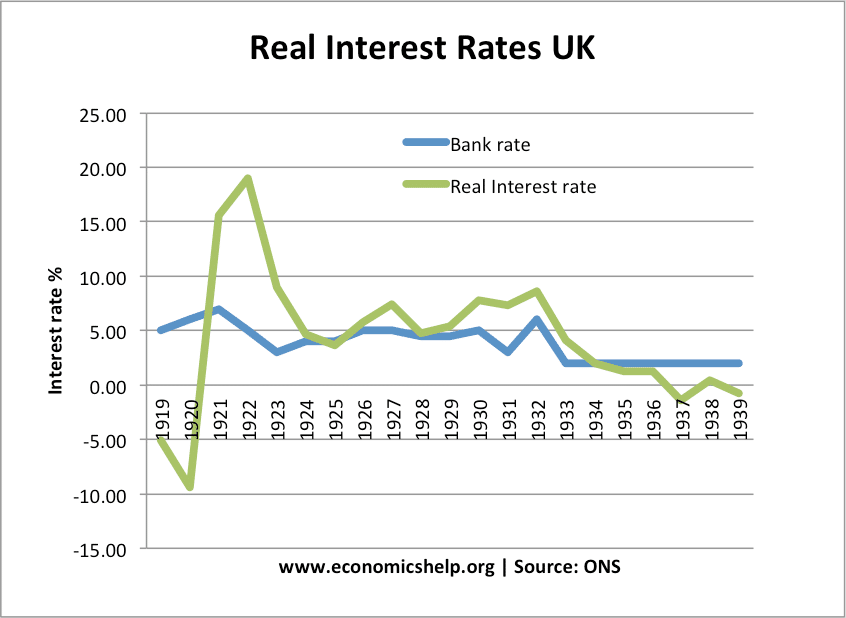Claimant count – unemployment
The claimant count records the number of people receiving unemployment benefits from the government. In the UK, the claimant count currently measures everyone who receives Job Seekers Allowance (JSA). To receive JSA, the applicant must be actively seeking work and provide evidence and commitment of efforts to find work. The claimant count method is one …



